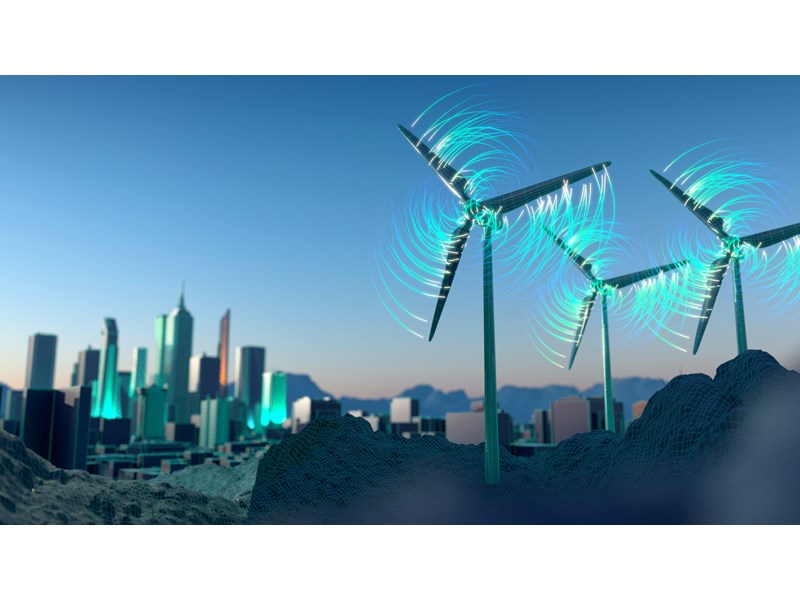Coal: COP26's dirty secret
Despite ambitious decarbonisation goals coal will be needed for the foreseeable future
1 minute read
Assuming representatives at COP26 are successful in setting the envisaged 2 °C warming target, global demand for coal is set to fall dramatically over the next three decades. However, even in a 1.5 degree scenario coal will continue to have a role in the world’s economy, albeit a diminished one.
This week’s COP26 briefing explores how actions agreed at the conference could impact demand for thermal and metallurgical coal. Fill in the form to read the report, or read on for a quick overview.
Thermal coal use is set to decline by 45%…
Even under our base case scenario thermal coal use is set to decline from 6,900 million tonnes in 2021 to a little under 3,900 million tonnes by 2050. The 970 million tonne seaborne thermal coal market will be hit a little less hard, but demand will still drop by 37%.
…But this is not nearly enough to hit a two-degree warming target
However, to stay under the intended 2 °C target for global warming, thermal coal use would have to fall more than 70% — or to reach 1.5°C over 87%. To make that happen, US$ 45 trillion would need to be invested across sectors. That would include US$ 23 trillion to boost solar, wind, storage and nuclear projects.
Hitting a two-degree target would need metallurgical coal use to fall by around 50%…
The situation for metallurgical coal is more complicated. If COP26 is successful demand could halve, from around 1,200 million tonnes today to a little over 600 million tonnes. Having said that, the challenge involved is enormous, requiring industry altering levels of investment for steelmaking equipment alone.
…But in our base case scenario demand could remain flat through 2050
Hitting a two-degree target will require the commercialisation of still nascent technologies, the decarbonisation of the power sector and a transformation in scrap usage. Carbon prices would need to rise and enhanced policies would need to stimulate markets and technology development. Given the factors which need to align, our base case sees metallurgical coal demand remaining relatively steady through 2050. In fact, seaborne trade would actually expand by 50% as Indian demand flourishes.
What’s inside our weekly COP26 briefing?
Our report on the outlook for thermal and metallurgical coal is the seventh of a series of weekly briefings in the run up to the start of the conference on 1 November. Each report includes:
- Key takeaways
- Charts and tables
- Where to find more information
- How WoodMac can help your business with issues raised
Fill in the form at the top of the page to read the full report, or scroll down to see what to expect in future editions.
What’s coming up?
22 September: Carbon capture and storage (CCS) and hydrogen technologies
29 September: Pet Chems
6 October: Base metals
13 October: Electric vehicles and battery raw materials
20 October: The corporate response
27 October: Economics of energy
1-12 November COP26 in Glasgow






